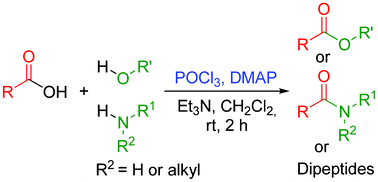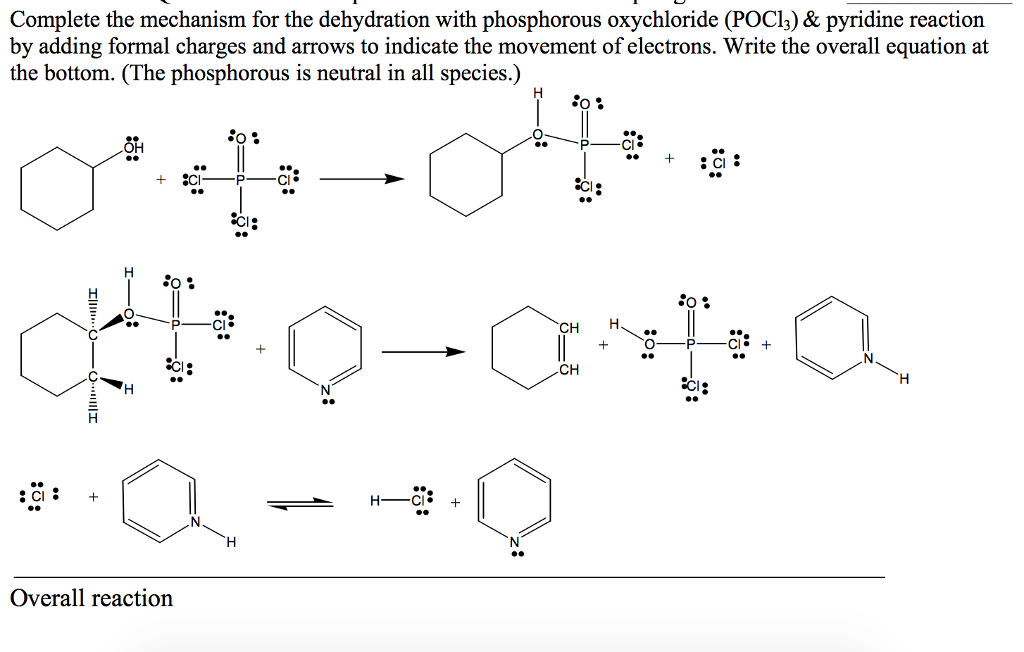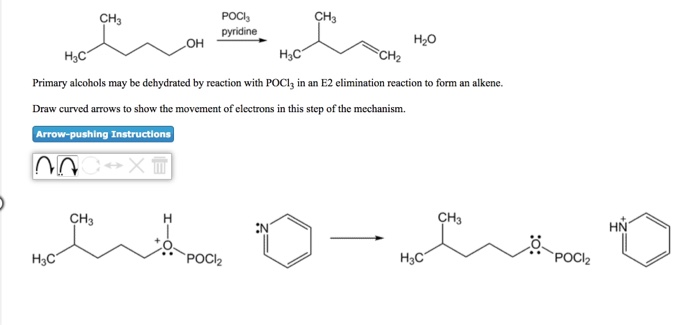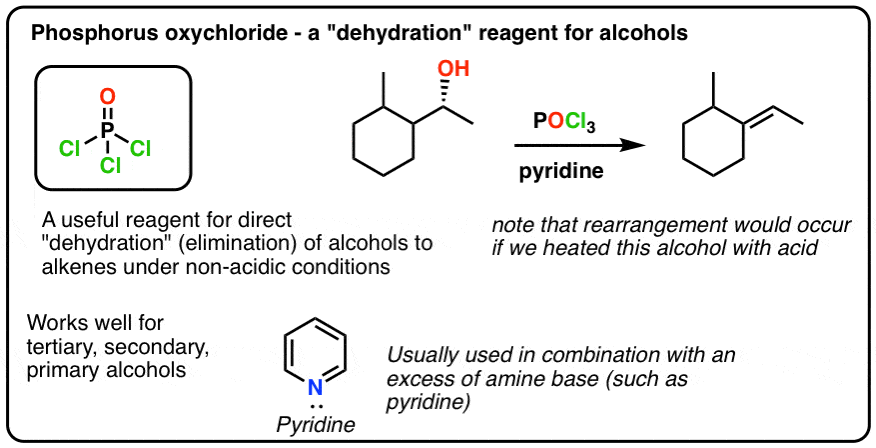
Phosphorus oxychloride as an efficient coupling reagent for the synthesis of esters , amides and peptides under mild conditions - RSC Advances (RSC Publishing)
![DMSO–POCl3: a reagent for methylthiolation of imidazo[1,2-a]pyridines and other imidazo-fused heterocycles - ScienceDirect DMSO–POCl3: a reagent for methylthiolation of imidazo[1,2-a]pyridines and other imidazo-fused heterocycles - ScienceDirect](https://ars.els-cdn.com/content/image/1-s2.0-S0040402013010983-sc1.jpg)
DMSO–POCl3: a reagent for methylthiolation of imidazo[1,2-a]pyridines and other imidazo-fused heterocycles - ScienceDirect

Green Synthesis of Triaryl Phosphates with POCl3 in Water - Huang - 2017 - ChemistrySelect - Wiley Online Library

organic chemistry - Is (2R,3S)-3,4-dimethylpentan-2-ol feasible to be dehydrated with POCl3 and pyridine? - Chemistry Stack Exchange
Solved] The reaction of this alcohol with POCl3 in pyridine (solvent) yields drawing hexagon with H and OH on the right top side and H and CH3 on th... | Course Hero

organic chemistry - If SOCl2 reacts with alcohols via SNi, why doesn't POCl3? - Chemistry Stack Exchange


















![Alkenes from alcohols [POCl3] - ChemistryScore Alkenes from alcohols [POCl3] - ChemistryScore](https://chemistryscore.com/wp-content/uploads/2019/11/Alkenes-from-alcohols-POCl31-768x336.png)